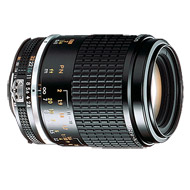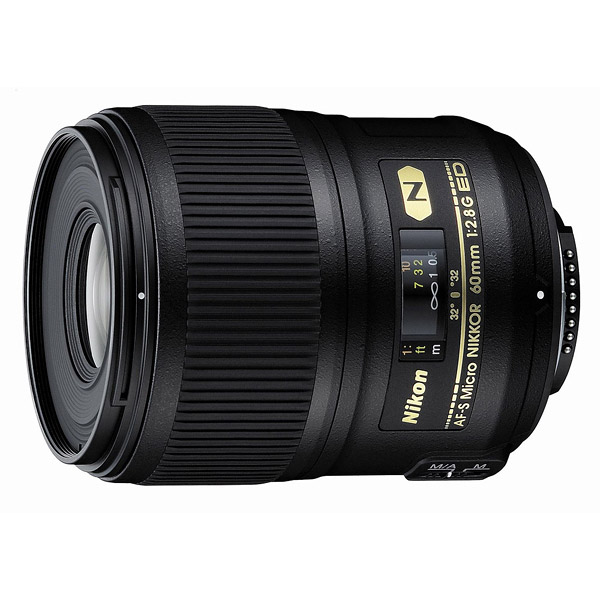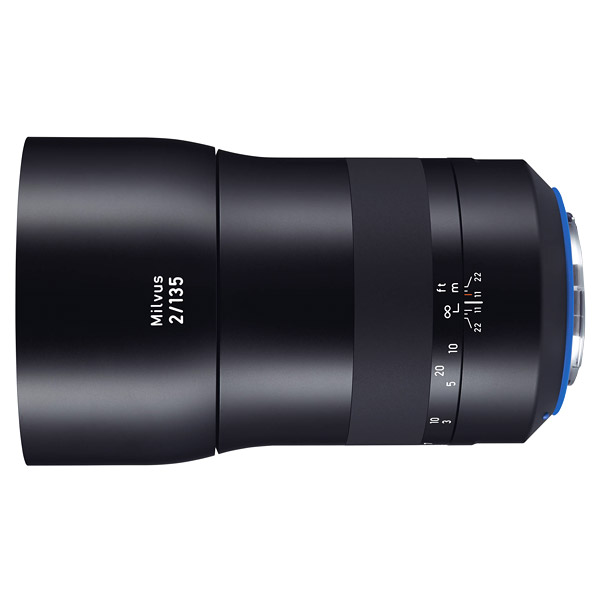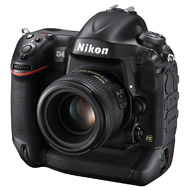
|
| Accept Cookies | Customize | Refuse Cookies |
Marcoff www.juzaphoto.com/p/Marcoff  |
 | Nikon 105mm f/4 Micro AiS Pros: Construction, excellent definition, especially at a brightened distance. Cons: Good definition, but not excellent, ad infinitum. Opinion: I have been using this lens for decades, bought used many years ago. It has been mounted on analog and digital cameras (D700 and D4). Apart from the mechanical construction, which is impeccable, the thing that amazes is the quality of the image it returns, both in analog and digital. I've used several nikon lenses designed for close-up photography: the micronikkor ais 105/4, in my opinion, easily holds its own with, for example, the 105/2.8 ais and the 105/2.8 AF (I didn't have the chance to try the 105/2.8 AFS VR). It can't quite reach the sharpness of the 200/4 AFD (but is there any macro lens that can match the nikon 200/4 AFD?). Infinitely it's not as good a blade as it is at close range, but it's still good in this use, which wouldn't be what it was designed for anyway many years ago. sent on February 28, 2024 |
 | Nikon AF-S 60mm f/2.8 G ED Micro Pros: Definition both at short distances and at infinity. High microcontrast. Cons: Noticeable chromatic aberration and vignetting. Opinion: For about 10 years now, I've been using this lens as an all-rounder on full-frame nikon. Macro (flowers), landscape, portrait set. Really excellent. I had the opportunity to use both the first version made in Japan and the second version made in Thailand: no construction differences, same merits (many) and same defects (few). I use this lens for more than 80% of the shots. It outclasses previous micro nikkors of the same focal length (60/2.8 AF and 55/2.8 ais) both at close range and at infinity. I consider the 60 mm focal length more suitable for portraits than the 50 mm, which in the past I have used as a standard lens (it is certainly no coincidence that Nikon has produced a 58/1.4 for portrait and not a 50 mm). Vignetting evident at TA, but still a little visible at f4: no problem in macro and landscape photography, where narrow apertures are used; Some problems in portraiture, but not for those who, like myself, do not disdain the vintage effect of vignetting in half-length portraits. The only problem is the chromatic aberration, especially (but not only) at TA, which I found a bit annoying. But you can't have everything at a low price. To build apochromatic optics, it is necessary to expect a much higher cost. For me, the lack of image stabilizer is not a problem, which I find useless on a lens designed for macro photography. When I use it for portrait in low light I increase the ISO sensitivity (on d700 and d4 you don't notice much difference if you shoot at ISO 200 or ISO 1200). On rides that require attention to the overall weight of the equipment, I combine it with the 28/2.8 ais and the 85/1.8 AFS: three excellent lenses in one kilogram. Rating:9/10. Highly recommended. sent on February 18, 2024 |
 | Zeiss Milvus 135mm f/2 Pros: Microcontrast, color rendering, construction Cons: None (if you don't need autofocus) Opinion: I had the chance to try this piece of jewelry for a couple of weeks, before considering buying it (used in very good condition). Most of those who have spoken before me have already expressed flattering opinions, which I share. In particular, the color rendering is really excellent, the changes to be made in LR are minimal and can be limited to camera exposure problems, certainly not to lens limitations. I couldn't make direct comparisons in the same session and in the same light conditions with the Sigma 135/1.8 Art, but if you're interested in this comparison you can find it on Dustin Abbott's review: it seems that Milvus prevails in microcontrast, color, definition at close range and infinity, while Sigma has a very slight prevalence in definition at medium distances. But beyond these comparisons, I can say that the visual impact that the Milvus 135 leaves you with is truly remarkable. Those who can afford both lenses (Milvus only on a tripod and in light conditions acceptable for manual focusing, Sigma art 135 when you want to photograph handheld and when you need autofocus) will certainly be satisfied in every situation. Those who have to choose between the two will have to evaluate what type of photography they prefer. In the end, I opted for Sigma art, but I was left with some regrets, especially for landscape and close-up photography. sent on February 17, 2024 |
 | Nikon D4 Pros: Professional body, easy-to-manage files and sensor color rendering, high ISO tightness, good dynamic range at low ISO. Cons: Nothing Opinion: Two years ago I went from d700 (broken shutter) to d4 (bought used, but with not many shots and at a very attractive price). While the difference in pixels between the d700 and d4 is modest, I found a sensor with some significant improvements in color rendition and dynamic range at low iso. I'm not a professional and I don't take many shots (I come from the analog world and I keep the imprinting of those who started with film). To complete the shutter of the D4 I would have to live another 400 years. The 800 series (800/810/850) is said to win the comparison with this old glory of the past. Probably, I can't make comparisons. However, since I usually print 30x40 cm or around, I don't need very dense sensors, which, moreover, have problems with micro-blur and, to be used at their best, would require the use of a tripod. I like to photograph handheld (sometimes I use a monopod) and without flash. I don't do sports photos or photo hunting. Favorite genres: portrait in ambient light, concerts, landscape, not very strong macro (flowers...). Why did I go for a D4? Why not get a D750? Try d4 if you can. The shot looks like a shotgun. The files are spectacular. It costs little used (much less than d5 and d4s), but it is really a pleasure to photograph with this camera. In addition, the old ais lenses (I own the 28mm/2.8, the one that focuses at 20 cm, and the spectacular 105mm/4 micronikkor) are also fine on this camera body. Last gem: when you get used to vertical shooting in portraits, there's no going back. sent on February 04, 2024 |
 JuzaPhoto contains affiliate links from Amazon and Ebay and JuzaPhoto earn a commission in case of purchase through affiliate links.
JuzaPhoto contains affiliate links from Amazon and Ebay and JuzaPhoto earn a commission in case of purchase through affiliate links.May Beauty Be Everywhere Around Me